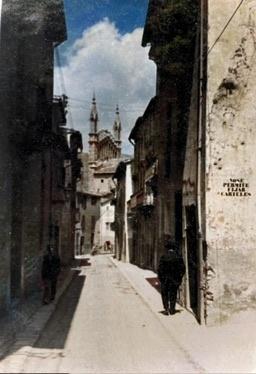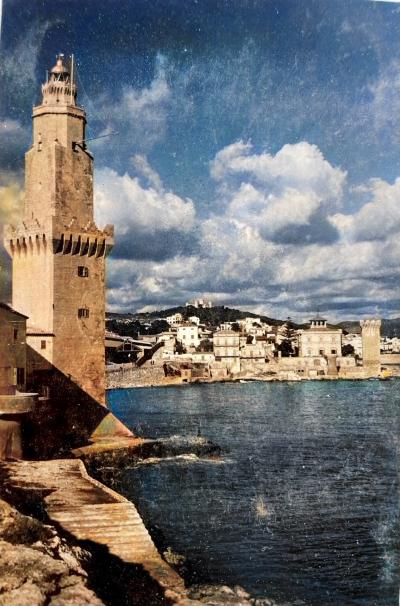How have troubadour poems helped linguists understand the historical evolution of the Occitan language?
Similar Topics
troubadour poems
occitan language evolution
old occitan
medieval occitan poetry
romance languages development
occitan dialects
linguistic change patterns
cultural linguistic influences
Troubadour poems have played a crucial role in helping linguists trace the historical evolution of the Occitan language, which was spoken primarily in the southern regions of modern-day France during the medieval period. These poems, composed between the 11th and 13th centuries, represent some of the earliest literary works written in Occitan, providing a valuable linguistic record from a time before the language’s standardization or significant external influence. By studying the vocabulary, grammar, and phonetic features within these poems, linguists can observe the characteristics of Old Occitan and how it diverged from other Romance languages, thereby gaining insight into its development over time.
Moreover, the troubadours’ extensive use of a rich poetic and musical tradition has preserved various dialectal forms and regional nuances of Occitan, which allows modern scholars to compare texts from different geographic areas and to track patterns of linguistic change. The literary style and complex rhyme schemes also offer clues about the language’s phonology and syntax, revealing the interplay between oral and written forms of speech in medieval society. Since the poems were widely circulated and influential during their time, the language preserved within them serves as a benchmark for examining subsequent linguistic shifts, including the eventual decline of Occitan due to political and cultural pressures.
In addition, troubadour poetry provides context for how the language was used in everyday and courtly life, enriching our understanding of cultural and social influences on linguistic evolution. This cultural insight is especially important because it shows how language adapted to meet artistic expression and communication needs within a specific historical milieu. By combining linguistic analysis with historical and literary study, troubadour poems offer a multidimensional perspective on the Occitan language’s trajectory, making them invaluable for scholars reconstructing the language’s past and its role in the broader history of Romance languages.
Moreover, the troubadours’ extensive use of a rich poetic and musical tradition has preserved various dialectal forms and regional nuances of Occitan, which allows modern scholars to compare texts from different geographic areas and to track patterns of linguistic change. The literary style and complex rhyme schemes also offer clues about the language’s phonology and syntax, revealing the interplay between oral and written forms of speech in medieval society. Since the poems were widely circulated and influential during their time, the language preserved within them serves as a benchmark for examining subsequent linguistic shifts, including the eventual decline of Occitan due to political and cultural pressures.
In addition, troubadour poetry provides context for how the language was used in everyday and courtly life, enriching our understanding of cultural and social influences on linguistic evolution. This cultural insight is especially important because it shows how language adapted to meet artistic expression and communication needs within a specific historical milieu. By combining linguistic analysis with historical and literary study, troubadour poems offer a multidimensional perspective on the Occitan language’s trajectory, making them invaluable for scholars reconstructing the language’s past and its role in the broader history of Romance languages.
🧩 Related Questions
Related Question
What challenges might travelers face when navigating regions with multiple Romance languages?
Related Question
Are there any exclusive spa and wellness treatments offered at luxury hotels in Mallorca?
Related Question
What kind of wildlife or other natural features can travelers observe alongside the almond blossoms in Mallorca?

